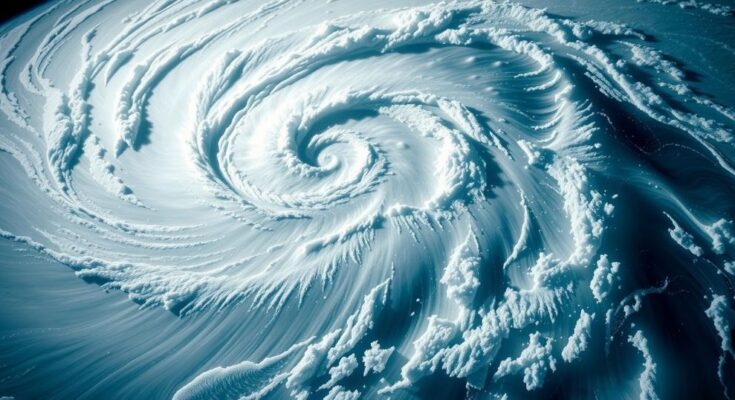Hurricanes, or tropical cyclones, form from tropical waves over warm ocean waters, driven by low atmospheric pressure. As warm, moist air rises, it cools and condenses, releasing heat and fostering storm development. These powerful storms rotate due to the Coriolis effect and can cause significant destruction when they make landfall.
Hurricanes, also referred to as tropical cyclones, arise from a complex interplay of specific meteorological conditions. The genesis of these ferocious storms typically commences with a tropical wave, characterized by a region of low atmospheric pressure emanating from the African coast, which subsequently traverses the tropics. These waves primarily form due to the interaction of hot, dry air from the Sahara with the cooler, humid air from the arboreal regions of Central Africa, often accompanied by thunderstorms.
A crucial factor in hurricane formation is warm ocean water. For development to occur, the tropical wave must encounter water temperatures exceeding 26.5°C (approximately 80°F). As warm, moist air ascends, a vacuum of lower pressure is created at the surface, prompting cooler air from regions of higher pressure to move in. This incoming air becomes heated and humidified, rising anew to propagate the cycle.
The condensation of moisture in the ascending air forms clouds, releasing latent heat that serves to energize the burgeoning storm system. This process repeats, ultimately leading to the formation of towering cumulonimbus clouds. Provided that the winds at the upper levels do not present excessive strength, inhibiting the integrity of the developing clouds, a significant storm can evolve. The system officially qualifies as a tropical cyclone when wind speeds exceed 74 mph.
The rotation of hurricanes is attributable to the Coriolis effect, influenced by Earth’s axial spin. As a result, differing wind patterns, converging in the tropics, initiate a spinning motion—the cyclone rotates counterclockwise in the Northern Hemisphere and clockwise in the Southern Hemisphere, encircling a relatively calm center known as the eye of the storm.
As long as hurricanes remain over warm ocean waters, they retain the potential for rapid intensification. Upon making landfall, these storms can unleash substantial rainfall, topple trees, and generate perilous storm surges until an eventual depletion of their energy source causes their dissipation.
Understanding hurricane formation requires a grasp of atmospheric dynamics and marine conditions. Hurricanes represent some of nature’s most violent phenomena, causing severe destruction and significant changes to landscapes. Their development hinges on warm ocean waters and tropical waves, emphasizing the relationship between atmospheric pressure, humidity, and temperature. The distinction in terminology across regions underlines the global implications of these storms on different coastal communities, which must continually prepare and adapt to the associated risks.
In summary, hurricanes are intense atmospheric storms driven by specific conditions involving tropical waves and warm ocean temperatures. Their formation is characterized by a sequence of processes that leads to the creation of low pressure and ascending warm air, further enhanced by the Coriolis effect that dictates their rotation. Understanding these mechanics is essential for predicting hurricane behavior and mitigating their impacts on society.
Original Source: www.pbs.org




